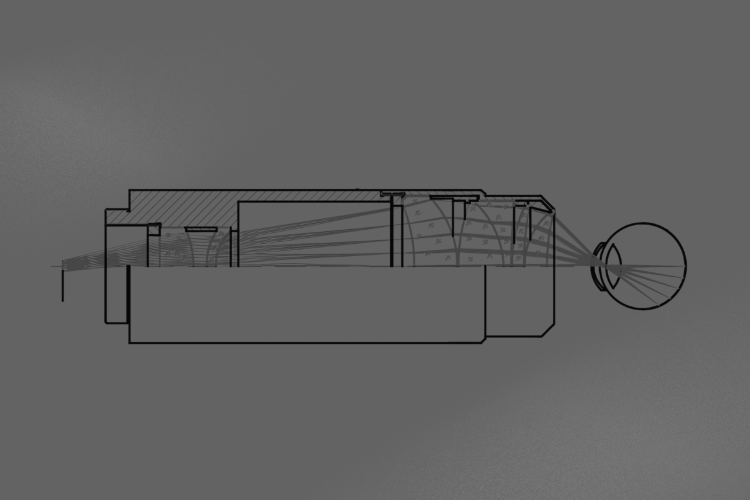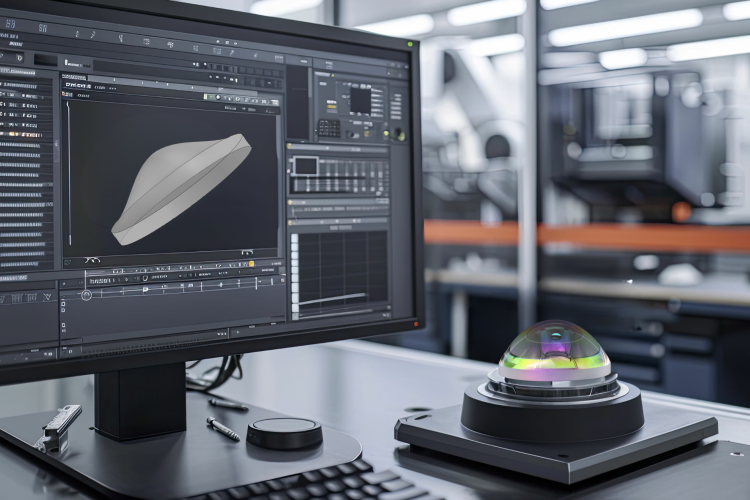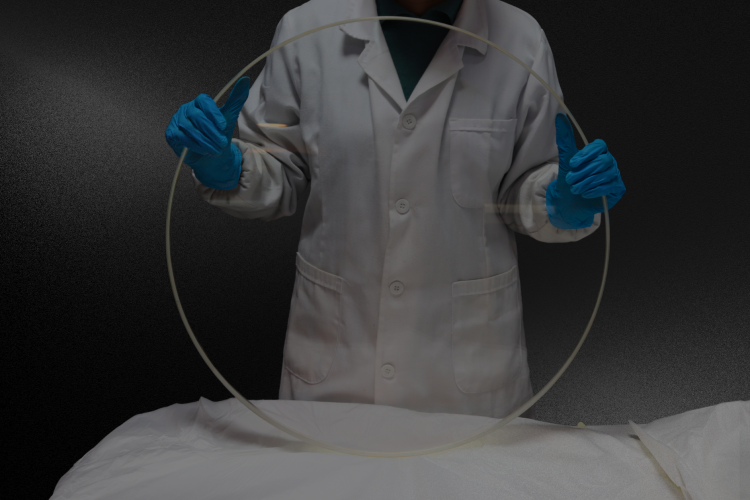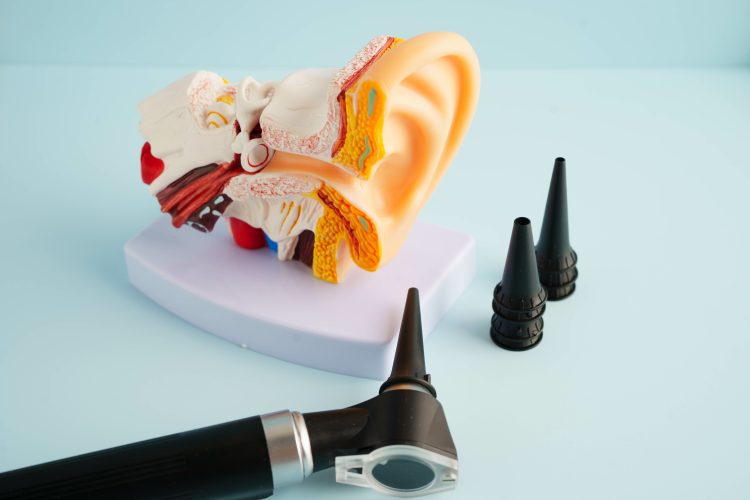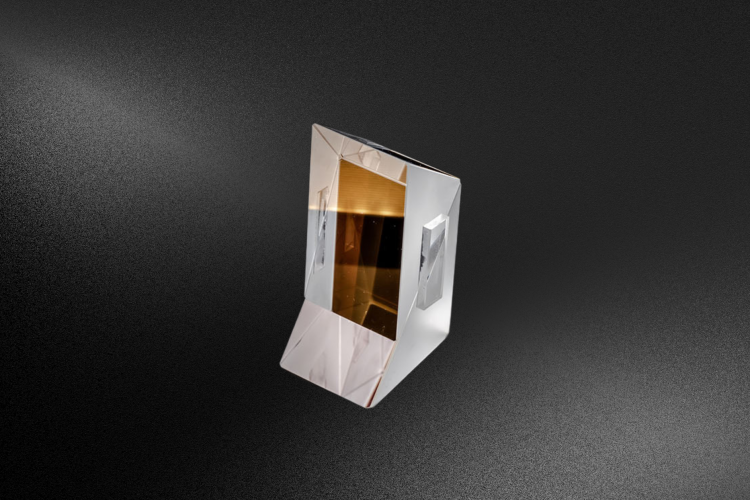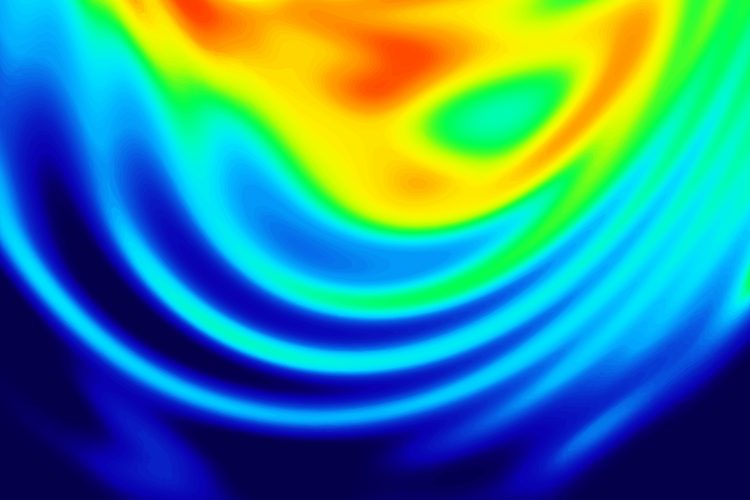Key Takeaways Deep space optical communication (DSOC) uses laser-based systems for high-bandwidth, interplanetary data transfer. NASA’s DSOC project achieved a 266 Mbps downlink from 19 million miles using photon-efficient modulation and precision optics. The system includes a dual-wavelength flight transceiver, ground-based multi-laser uplink, and photon-counting receiver at Palomar Observatory. Key challenges include beam stability, extreme […]



